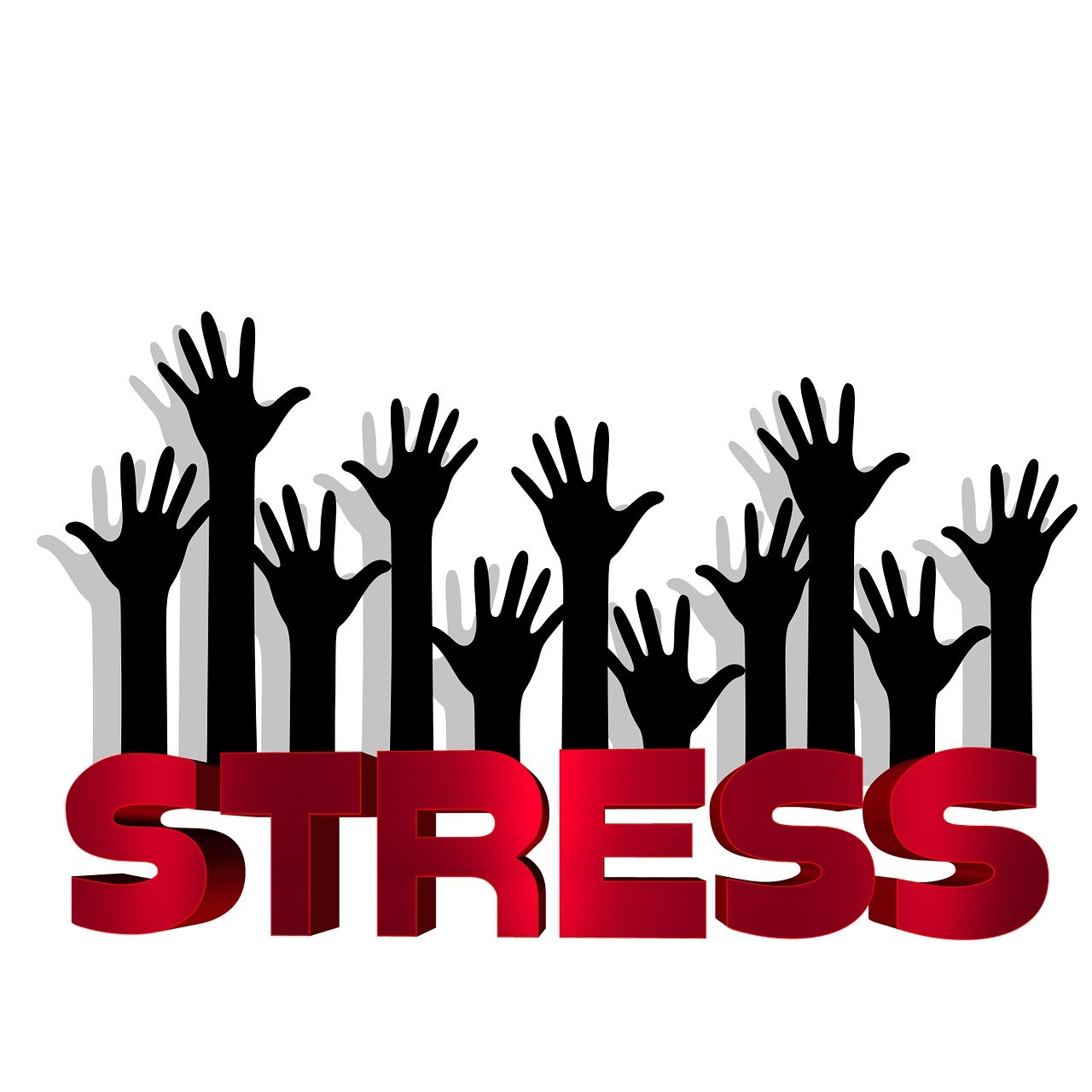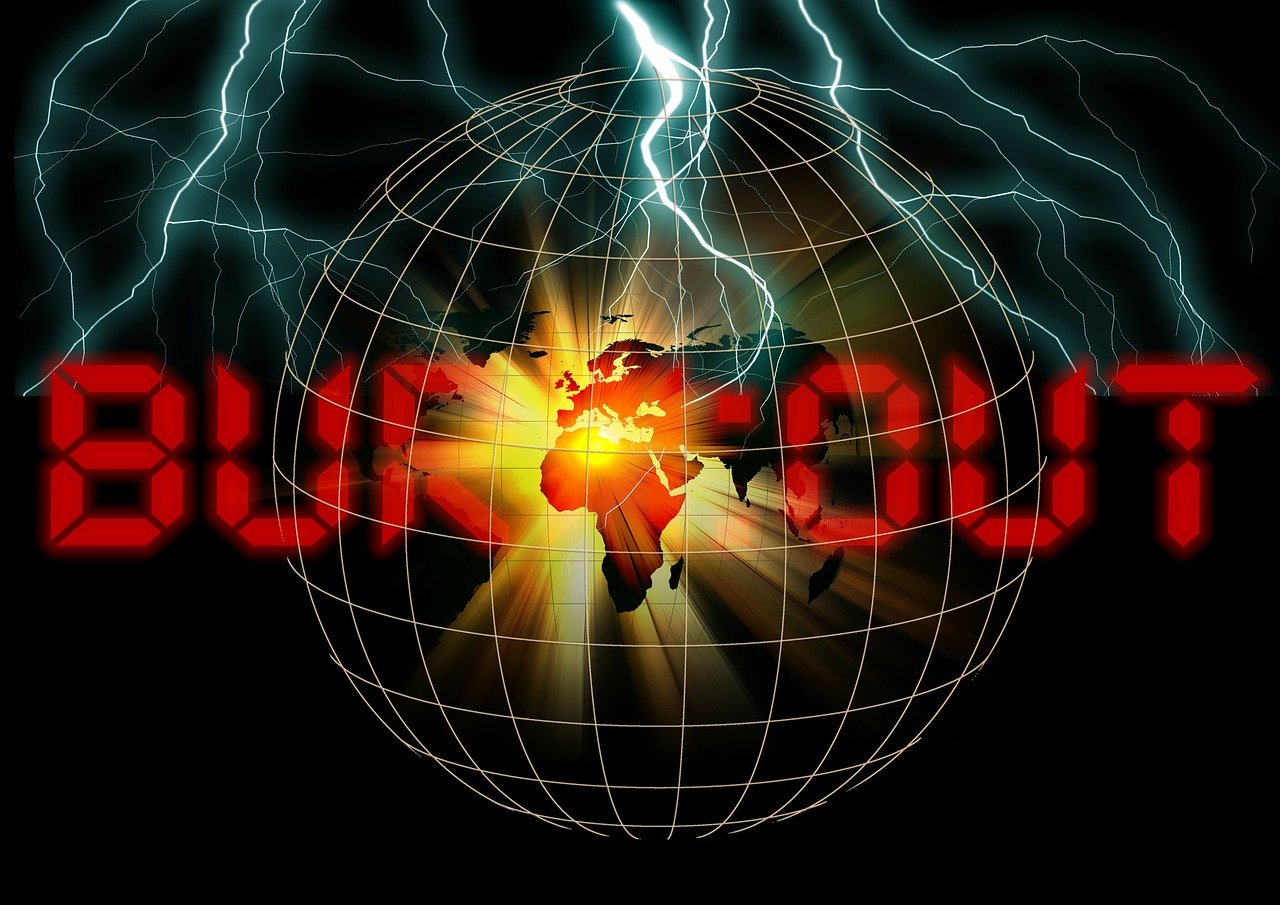Scaling a business brings exhilarating opportunities and challenges that can stretch even the most resilient entrepreneurs to their limits. By 2025, the pressure has only increased as markets demand faster growth, innovation leaps, and constant engagement. Many founders find themselves awake late at night, burdened with doubts about whether the success is worth the personal toll. Burnout, characterized by emotional exhaustion, reduced motivation, and physical symptoms like fatigue or headaches, silently creeps in, often unnoticed until it becomes severe. Yet, scaling your business does not have to be synonymous with sacrificing your health and wellbeing. With the right strategies, systems, and mindset, it’s possible to grow your enterprise while safeguarding your mental and physical energy.
This article explores key approaches to prevent burnout while scaling, featuring insights into building scalable systems, developing mental resilience, delegating effectively, balancing personal life, and the importance of mindful breaks. Additionally, it touches upon the emerging business models and tools that help entrepreneurs maintain sustainability amid growth. As more founders embrace these methods, they discover the joy of expanding their ventures without compromising their sanity and quality of life.
Recognizing and Managing Burnout Signs to Sustain Business Growth
Understanding the early warning signs of burnout is critical for any entrepreneur preparing to scale. Burnout often manifests gradually, overshadowed by the daily hustle. Many business owners dismiss feelings of weariness or irritability, chalking them up as normal reactions to stress. However, persistent emotional drain, a noticeable decline in motivation—even for previously enjoyable tasks—and frequent health complaints like headaches or chronic fatigue can be signals that your body and mind are under severe strain.
Awareness is the foundation of proactive burnout management. Entrepreneurs can keep daily journals to track their moods, energy fluctuations, and symptoms. Identifying patterns allows timely intervention before exhaustion sabotages productivity and overall wellbeing. For instance, an entrepreneur who notes heightened irritability and sleep disturbances might prioritize mental health strategies or seek professional advice early on.
Besides individual vigilance, leveraging technology can assist in tracking personal wellbeing. Apps like Headspace and Calm offer guided mindfulness and meditation practices proven to reduce stress and support emotional balance. By incorporating short mindfulness sessions into their routines, entrepreneurs can better reset during overwhelming moments, preventing prolonged mental fatigue.
Effective burnout prevention also involves understanding the psychological cycle of stress and recovery. When leaders ignore recovery time, cognitive resources become depleted, diminishing decision-making quality and stunting creative problem-solving needed for scaling. Recognizing when exhaustion exceeds productivity triggers is a signal to implement structured rest and stress management plans.
To illustrate, consider a tech startup founder managing rapid growth while feeling unmoored. Tracking stress markers revealed chronic sleep loss and irritability. Upon adopting daily meditation breaks guided by Calm and scheduling offline periods with family, she restored emotional equilibrium, enabling sharper leadership and sustainable growth.
| Burnout Signs | Recommended Actions |
|---|---|
| Emotional exhaustion and irritability | Implement mindfulness techniques; track emotional patterns |
| Reduced motivation for work | Delegate low-impact tasks; refocus on high-value activities |
| Persistent headaches or fatigue | Prioritize rest; consult healthcare provider |
| Sleep disturbances | Maintain consistent sleep schedule; use sleep aids like Noom to develop healthy habits |
Awareness paired with deliberate actions creates a durable defense against burnout, which is vital for any entrepreneur ready to weather the intense demands of scaling.

Building Scalable Systems and Smart Delegation to Lighten Your Load
One of the primary traps leading to burnout during scaling is founder dependency. If the business’s survival rests entirely on your shoulders, pressure mounts exponentially. This creates a dangerous bottleneck: your absence or diminished capacity directly threatens operations. A cornerstone to preventing burnout is implementing scalable systems and delegating effectively, so the business thrives independently of your constant involvement.
Before growth accelerates, document all critical processes through standard operating procedures (SOPs). Use tools like Trello, Asana, and Monday.com to organize workflows and track progress in real-time. For example, creating a video walkthrough on platforms like Loom or Notion for client onboarding or inventory management standardizes operations.
Automation further relieves your burden. Financial management can be streamlined using solutions like QuickBooks paired with Bill.com for automating invoicing and payments. Marketing chatbots powered by ManyChat can handle 40% of customer queries, while Customer Relationship Management (CRM) tools such as HubSpot or Salesforce help track leads without daily micromanagement.
Delegation should focus on:
- Time-consuming, repetitive tasks such as scheduling or email management
- Areas outside your core expertise, like bookkeeping or IT support
- Low-value tasks that don’t directly contribute to profit or strategic direction
Hiring smartly involves balancing freelancers, part-time specialists, and full-time employees depending on your growth phase. Platforms like Upwork and Fiverr enable cost-effective project-based hiring. For instance, fractional CFOs bring financial expertise without the overhead of full-time salaries.
Entrepreneurs who embrace these systems report dramatic time savings. For example, a bakery owner automated order tracking with software like HoneyBook, freeing over 10 hours a week to focus on business development. Systems create a foundation where you work on your business, not just in it.
| System Type | Tools & Benefits |
|---|---|
| Workflow Management | Trello, Asana, Monday.com – Real-time task tracking, team collaboration |
| Finance Automation | QuickBooks + Bill.com – Automate invoicing, reduce errors |
| Customer Support | ManyChat – Chatbot automation for FAQs and support |
| Lead Management | HubSpot CRM – Track prospects and sales pipeline efficiently |
Delegation paired with scalable processes not only mitigates burnout but also positions your business for sustainable, profitable growth.

Balancing Mindset and Mental Resilience Amidst Business Expansion
Scaling demands more than systems and delegation; it requires cultivating mental resilience and a supportive mindset to navigate inevitable challenges. Entrepreneurs often fall into the “hustle culture” trap, believing marathon work hours equate to success. This myth promotes exhaustion rather than productivity and spawns burnout faster than calculated effort.
Progress lies in reshaping beliefs:
- Replacing “I must do everything” with “My role is to lead, not do all tasks.”
- Shifting from “Busy equals productive” to focusing on outcomes rather than hours worked.
- Prioritizing self-care as a non-negotiable business strategy, not a luxury.
Embedding short mindfulness sessions into daily operations helps entrepreneurs regain focus and reduce stress. Tools like BetterUp offer coaching and mental fitness exercises tailored to leaders growing high-pressure companies. In contrast, RescueTime monitors digital habits, highlighting distractions and enabling more intentional time use.
Sleep is a pillar of mental resilience. Research indicates that sleeping 7 or more hours reduces decision fatigue by 30%. Apps such as Noom facilitate healthier lifestyle habits that enhance sleep quality and energy levels. Scheduling weekly “me days” and quarterly vacations interrupts the burnout cycle by offering mental escapes and renewed creativity.
In heavier phases, setting “deep work” blocks – two-hour windows free from interruptions for high-impact tasks – sharpens productivity and prevents overwhelm. Auto-replies indicating specific email checking times curb the impulse for constant digital monitoring, which fragments attention and drains energy.
These mindset shifts and resilience-building measures cultivate a sustainable leadership style founded on clarity, capacity, and well-being.

Establishing Work-Life Boundaries and Prioritizing Rest in a Busy Schedule
Burnout thrives when work infiltrates every aspect of life. Entrepreneurs often blur lines between business obligations and personal time, which is counterproductive in the pursuit of sustainable growth. Defining and respecting boundaries between work and life sustains creativity, decision-making, and overall satisfaction.
Effective tactics include:
- Setting definitive work hours to prevent tasks from consuming evenings and weekends.
- Creating separate physical spaces for work and relaxation whenever possible.
- Using communication tools like Slack to streamline work messages during business hours, limiting after-hours intrusions.
Regular breaks and longer holidays are vital. Counterintuitive as it may seem, stepping away replenishes mental and physical reserves, often boosting innovation upon return. A rested entrepreneur approaches challenges with fresh perspectives and sustained motivation.
Systems play a critical role in enabling this downtime. Automated workflows and empowered teams allow business continuity during founder absences. Trust develops when delegation is paired with clear expectations and documented procedures.
These strategies form a healthy ecosystem where high performance and personal fulfillment coexist.
| Strategy | Benefit |
|---|---|
| Defined Work Hours | Prevents burnout by enforcing downtime |
| Physical Workspace Separation | Helps mentally switch from work to personal mode |
| Slack for Controlled Communication | Reduces after-hours distractions |
| Automated Systems + Delegation | Enables founder rest without business disruption |
Examples from companies like Basecamp and Buffer show that founders who prioritize work-life harmony maintain both business success and mental health.
Exploring Business Models and Strategic Planning to Scale Without Burning Out
Choosing the right business model can profoundly influence how stress-free scaling becomes. Some models inherently support sustainable growth by decoupling revenue from exhaustive time investment.
Here are three effective models:
- Subscription Models: Common among SaaS platforms like ConvertKit, this model favors predictable recurring revenue, reducing cash flow anxieties.
- Leveraged Service Models: Seen in marketing agencies using white-label partners, these allow scaling without expanding full-time payroll drastically.
- Digital Product Models: Online courses or ebooks generate passive income by selling once and profiting repeatedly, ideal for entrepreneurs seeking leverage.
Possessing clear financial metrics is crucial. Beyond revenue, focus intensively on profitability, understanding unit economics like Customer Acquisition Cost (CAC) and Lifetime Value (LTV). Avoid the common pitfall of profitless growth which undermines long-term viability and fuels burnout.
CEO time management should adhere to frameworks like the 4-Ds: Delete, Delegate, Delay, Do. This system helps prioritize tasks that only the founder can execute while offloading others, managing workload effectively.
Table: The 4-D Framework for Time Management
| Action | Description |
|---|---|
| Delete | Eliminate non-essential tasks or meetings that don’t contribute to growth |
| Delegate | Assign tasks to suitable team members |
| Delay | Postpone less urgent items to more appropriate times |
| Do | Focus on tasks uniquely requiring the CEO’s attention |
Adopting these strategies fosters a growth trajectory that honors personal well-being and pragmatic execution, key ingredients to avoid burnout in 2025 and beyond.
How to Avoid Burnout While Scaling Your Business?
Discover key frameworks, models, and checklists to maintain your wellbeing and business growth.
4-D Time Management Framework
This approach helps prioritize your tasks effectively to avoid overwhelm and burnout.
- Delete: Remove unnecessary tasks that do not add value.
- Delegate: Assign tasks to others where possible to free your time.
- Defer: Postpone less urgent tasks to a later time.
- Do: Focus on critical tasks that need your direct attention.
How do you know when it’s time to scale your business?
Signs include demand outpacing your team’s capacity, having a solid cash runway for at least six months, and documented systems ready for replication. Without these, scaling risks overload.
Can I scale without external investors?
Absolutely. Many companies like Mailchimp grew sustainably through bootstrapping, maintaining control and minimizing pressure.
What’s the biggest mistake that causes burnout during scaling?
Founder dependency is often the culprit. When businesses collapse in the founder’s absence, stress and exhaustion mount. Building a team and systems mitigates this risk.
How much automation is enough?
Enough to take at least a two-week vacation without business chaos. Automation in finance, sales, and customer service is critical.
What if I dislike managing people?
Leverage freelancers or self-managed teams using models like Holacracy, which emphasize autonomy and reduce micromanagement.
For deeper reading on sustainable growth strategies without burnout, check resources like Udemy’s Small Business Growth Strategies, Forbes’ guidance on burnout, and DisruptX Magazine’s expert advice.


